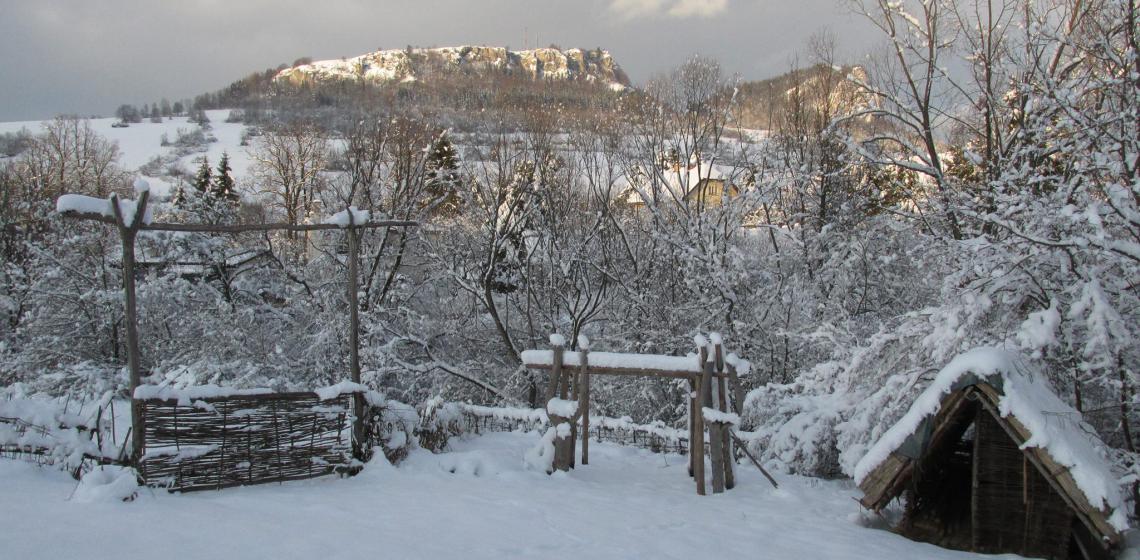Kanlıgeçit Open-Air Museum (TR)
Kanlıgeçit is an Early Bronze age site 500 m south of the Kırklareli town centre excavated from 1994 to 2006 by a joint project of İstanbul University and the German Archaeological Institute. The settlement was established ca. 3200 BC as a small Thracian village but transformed and redesigned in ca. 2400 BC as a citadel imitating Anatolian town model comprising of megaron type of buildings. The site is being redesigned as an open-air museum by modelling the megaron phase of the settlement.
Kanlıgeçit is a reconstructed site; the excavated area has been covered by soil after the excavation had finished, and the buildings found, are re-built in the exact place in original size. The re-constructed buildings are not complete; they have been built as a half (some walls are a meter but most of them 50 to 70 cm high). Staff did not want to complete the upper part of the structures because of different reasons.









